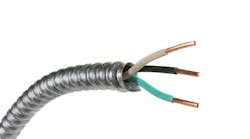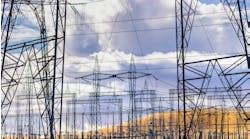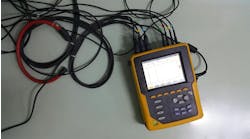The study of harmonics is expansive. Although the theory has been well established, the effects on the electrical system are still being discovered. Lately, this has been the case with high order harmonics. For this discussion, we will evaluate triplen harmonic sources and effects.
Harmonics is the distortion of the alternating current (AC) sine wave of both voltage and current by nonlinear loads. The harmonic order is determined by the frequency of the distortion. Harmonics are the integer multiple of the fundamental 60 Hz frequency. The 3rd harmonic is equal to 180 Hz and the 5th harmonic is 300 Hz. Multiple harmonic distortion orders will overlay on the fundamental frequency.
The 3rd harmonic (180 Hz) is part of triplen harmonics (3rd, 9th, 15th…). Triplen harmonics cause a unique problem for electrical systems and are more commonly present broadly across residential, commercial, and industrial electrical systems. Some harmonic orders are attributed specifically to electrical equipment specific to commercial and industrial industries.
Lower harmonic orders were the first to be blamed for various power quality problems in the late 90s. However, there is a special consideration to high 3rd harmonic distortion since neutrals are most notably affected in grounded-wye electrical systems. The major problem with 3rd harmonic current is the overload of the neutral. In a perfectly balanced three-phase wye system, the neutral current will be at 0% of fundamental. When the 3rd harmonic content is added the total current can rise to 300%.
This problem leads to design changes in neutral sizing for applications thought to contain a predominate 3rd harmonic. The term “super neutral” was used for two decades to describe a neutral that is 150% to 300% larger, which can handle the harmonic current. It is also important to note that triplen harmonics can cause telephone and communication interference. Cable manufacturers have taken this into account by designing a product with a larger neutral and electromagnetic interference (EMI) shielding.
Finally, transformer overheating is a concern with triplen harmonics. Harmonic current distortion typically will stop in the windings of the transformer, not passing to the primary side of the device. However, the voltage distortion created by the current will propagate past the transformer and can become a problem. A simple solution when this is a concern is to increase the transformer size or use a specially designed K-rated transformer.
In most electrical designs today triplen harmonics are considered and solutions designed. If harmonic distortion is a concern always consult the limits and guidelines of IEEE 519 Recommended Practice and Requirements for Harmonic Control in Electric Power Systems.



